The Hiking Footwear Market is currently characterized by a dynamic competitive landscape, driven by increasing consumer interest in outdoor activities and a growing emphasis on sustainability. Major players such as Nike (US), Salomon (FR), and Merrell (US) are strategically positioning themselves through innovation and regional expansion. Nike (US) continues to leverage its strong brand presence and technological advancements in footwear design, while Salomon (FR) focuses on enhancing performance through specialized products tailored for various hiking conditions. Merrell (US), on the other hand, emphasizes comfort and durability, appealing to a broad demographic of outdoor enthusiasts. Collectively, these strategies contribute to a competitive environment that is increasingly focused on meeting diverse consumer needs and preferences.
Key business tactics within the Hiking Footwear Market include localizing manufacturing and optimizing supply chains to enhance responsiveness to market demands. The market structure appears moderately fragmented, with several key players holding substantial market shares. This fragmentation allows for a variety of offerings, yet the influence of major brands remains significant, as they set trends and standards that smaller companies often follow. The collective actions of these key players shape the market dynamics, fostering an environment where innovation and consumer engagement are paramount.
In August 2025, Nike (US) announced the launch of its new eco-friendly hiking footwear line, which utilizes recycled materials and sustainable manufacturing processes. This strategic move not only aligns with the growing consumer demand for environmentally responsible products but also reinforces Nike's commitment to sustainability. By integrating eco-conscious practices into its product offerings, Nike (US) positions itself as a leader in the sustainable footwear segment, potentially attracting a new customer base that prioritizes environmental impact.
In September 2025, Salomon (FR) unveiled a partnership with a leading outdoor adventure app to enhance user experience through integrated technology in their hiking footwear. This collaboration aims to provide hikers with real-time data on trail conditions and personalized recommendations based on their footwear performance. Such an initiative indicates Salomon's focus on merging technology with outdoor experiences, thereby enhancing customer engagement and loyalty through innovative solutions.
In July 2025, Merrell (US) expanded its distribution network by entering into a strategic alliance with a prominent e-commerce platform, significantly increasing its online presence. This move is particularly crucial as consumer shopping habits continue to shift towards digital channels. By enhancing its online accessibility, Merrell (US) not only broadens its market reach but also positions itself to better respond to the evolving preferences of tech-savvy consumers.
As of October 2025, current competitive trends in the Hiking Footwear Market are increasingly defined by digitalization, sustainability, and the integration of artificial intelligence in product development and customer engagement. Strategic alliances are playing a pivotal role in shaping the landscape, allowing companies to leverage each other's strengths and enhance their market offerings. Looking ahead, competitive differentiation is likely to evolve from traditional price-based competition to a focus on innovation, technological advancements, and supply chain reliability, as companies strive to meet the sophisticated demands of modern consumers.



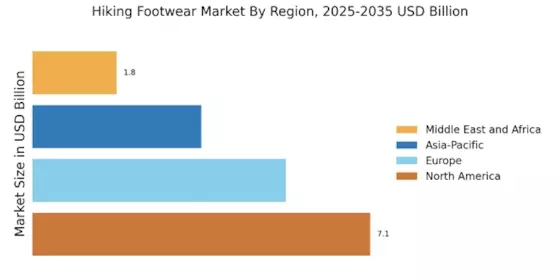
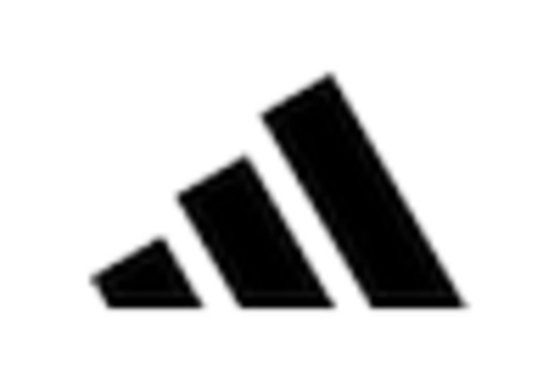
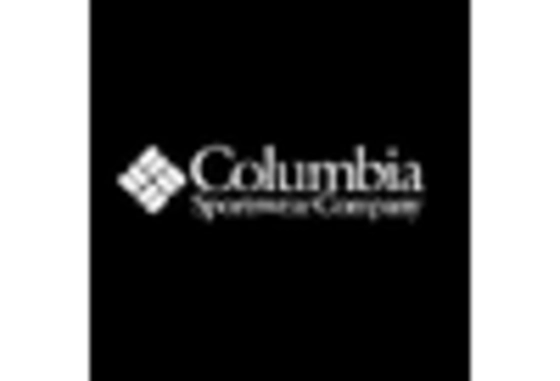

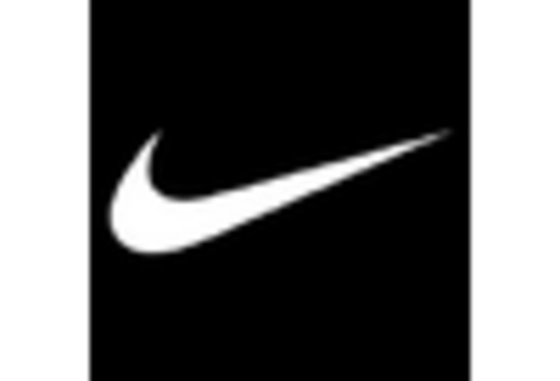
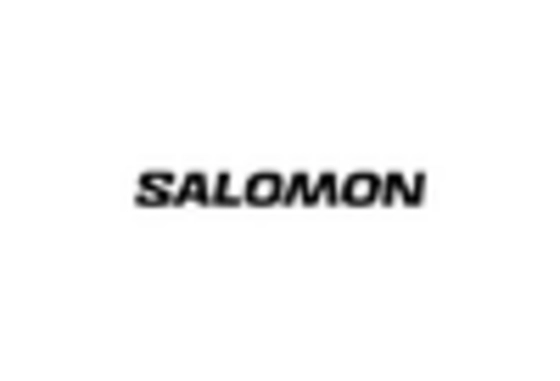
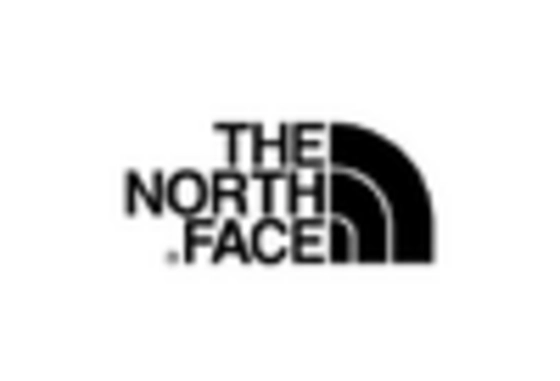








Leave a Comment